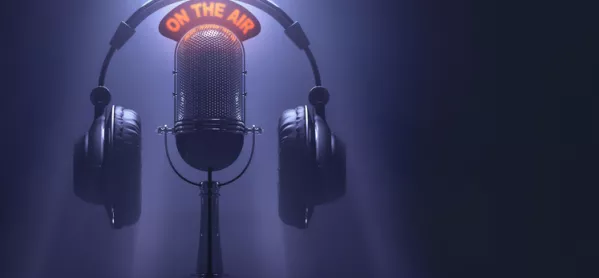Many teachers come to FE after working in industry. In my team alone we have a joiner, a make-up artist, a journalist and a postal worker.
I started out as a freelancer in video production. One of my contracts was with a scheme in Liverpool that aimed to get the young unemployed into work again. They ran a week-long employment skills course and I would film them doing ice breakers, bowling, canoeing and abseiling, and then edit it into a three-minute video backed with an All Saints song that was supposed to show their progress. The bulk of the work was bleeping out the swearing when 19-year-old Chantelle from Toxteth was sent hurtling down a cliff on a rope against her will.
I then joined a community radio station as their general manager. The funding for our radio broadcasting came from the now-defunct Learning and Skills Council, for running courses for NEET young people. They would learn basic skills and media production, and the pay-off was that they would host their own radio show at the end of the course. This was where I learned the education magic trick that I call dog medicine. Anyone who has ever owned a sick pet will have been through the rigmarole of wrapping a pill in a piece of cheese to get a disgruntled hound to swallow it, for their own good. Teaching on the community radio course was 100 per cent dog medicine.
T levels: Next wave of providers announced
Reopening 15 June: how are colleges doing it?
More: Why I’m a sucker for derailing lessons
Our outcomes were based on the students completing basic skills training in maths, English and IT. Hence they would learn numeracy (pill) by having to plan a radio show to the second, working out at what time they had to segue from a song to a link to a jingle to make the news hit exactly on the hour (cheese). They wrote scripts to improve literacy, and completed an application to go on air. They used Adobe Audition to edit reports and there was scheduling software to drop in songs and jingles. They had to learn multitasking by presenting, while reading emails from listeners, while cueing up the next song, while stopping their co-presenter chipping in with a story about their weekend which was not in any way broadcastable.
When they were off air we shoved them into the cellar with a video camera and they made their own short film called Operation: Thor’s Hammer which was vaguely set in a Second World War bunker and involved a lot of shell attacks, which involved one of them kicking an old filing cabinet.
In lockdown mode, without my usual team and structure, I have found myself reverting back to some skills gained before I started teaching. I have abandoned the scheme-of-work planning spreadsheet and instead I have a large grid on the wall on which I am scheduling the lessons like I used to schedule my DJs. Just as you wouldn’t have Frank’s Easy Jazz Hour leading into the Manik Krew Dubstep show, I know that you can’t get away with a straight study skills session at 4pm on the last day of term.
I have also realised that embedding is really just dog medicine with a more professional-sounding name. I have all my lesson plans stating exactly what the pill is, and what kind of cheese I am going to wrap it in. Now I just have to find a cellar and an old filing cabinet, if all else fails.
Kirsty Walker teaches at a college in the North West of England




